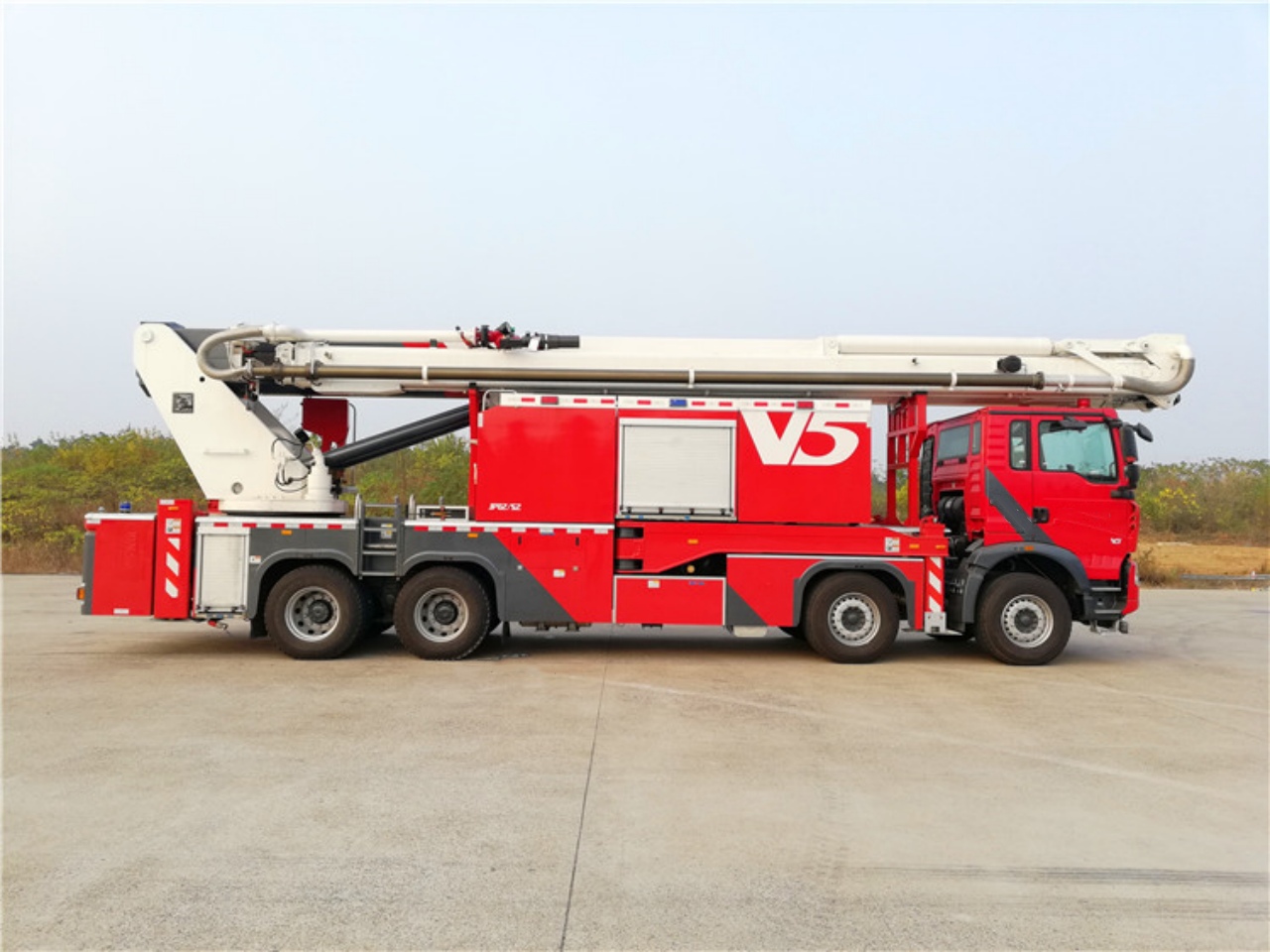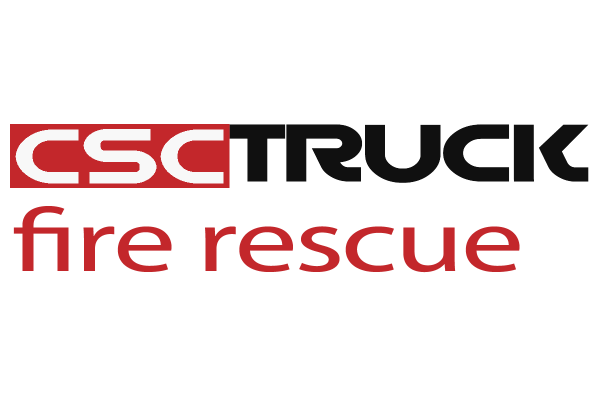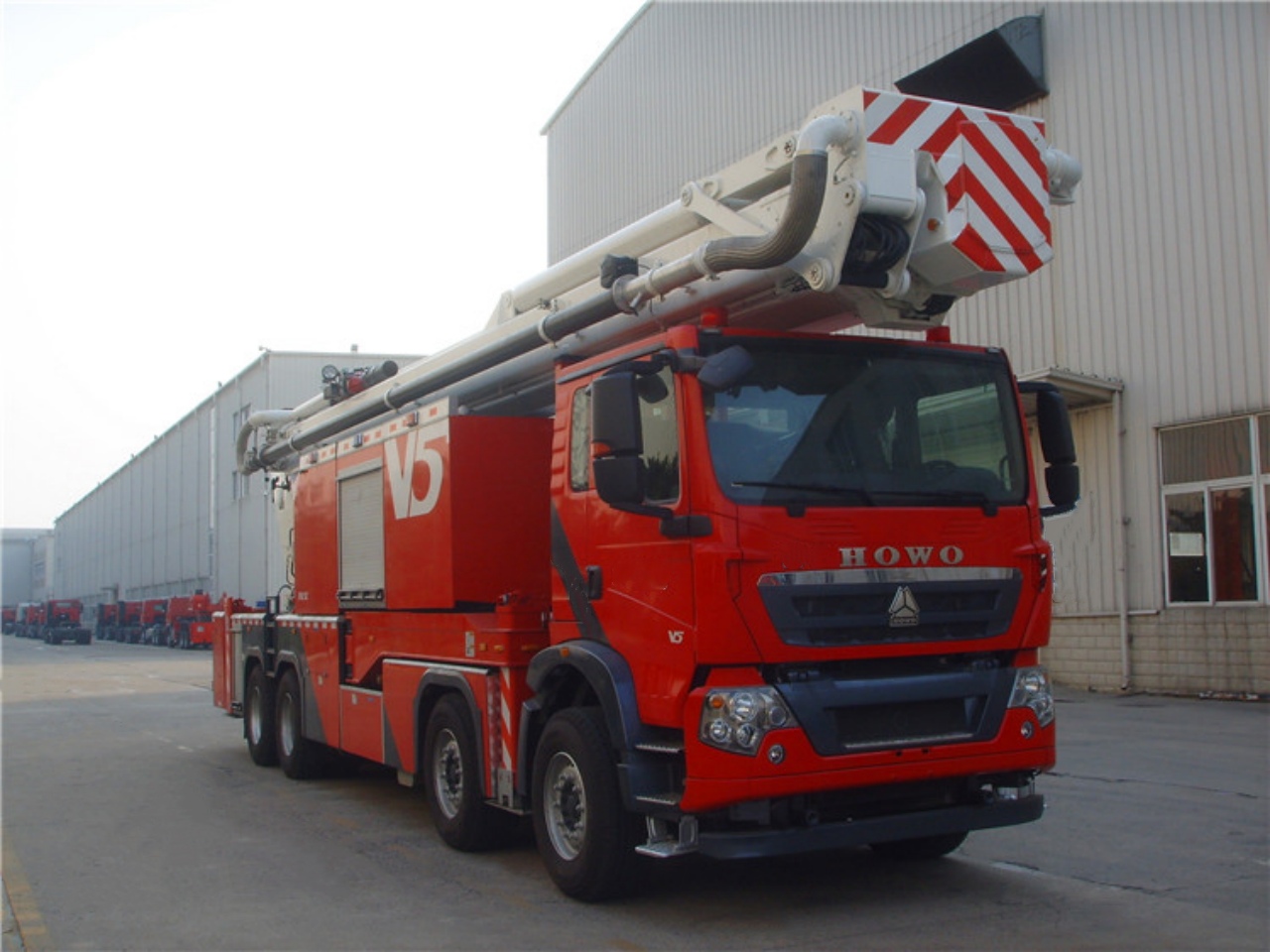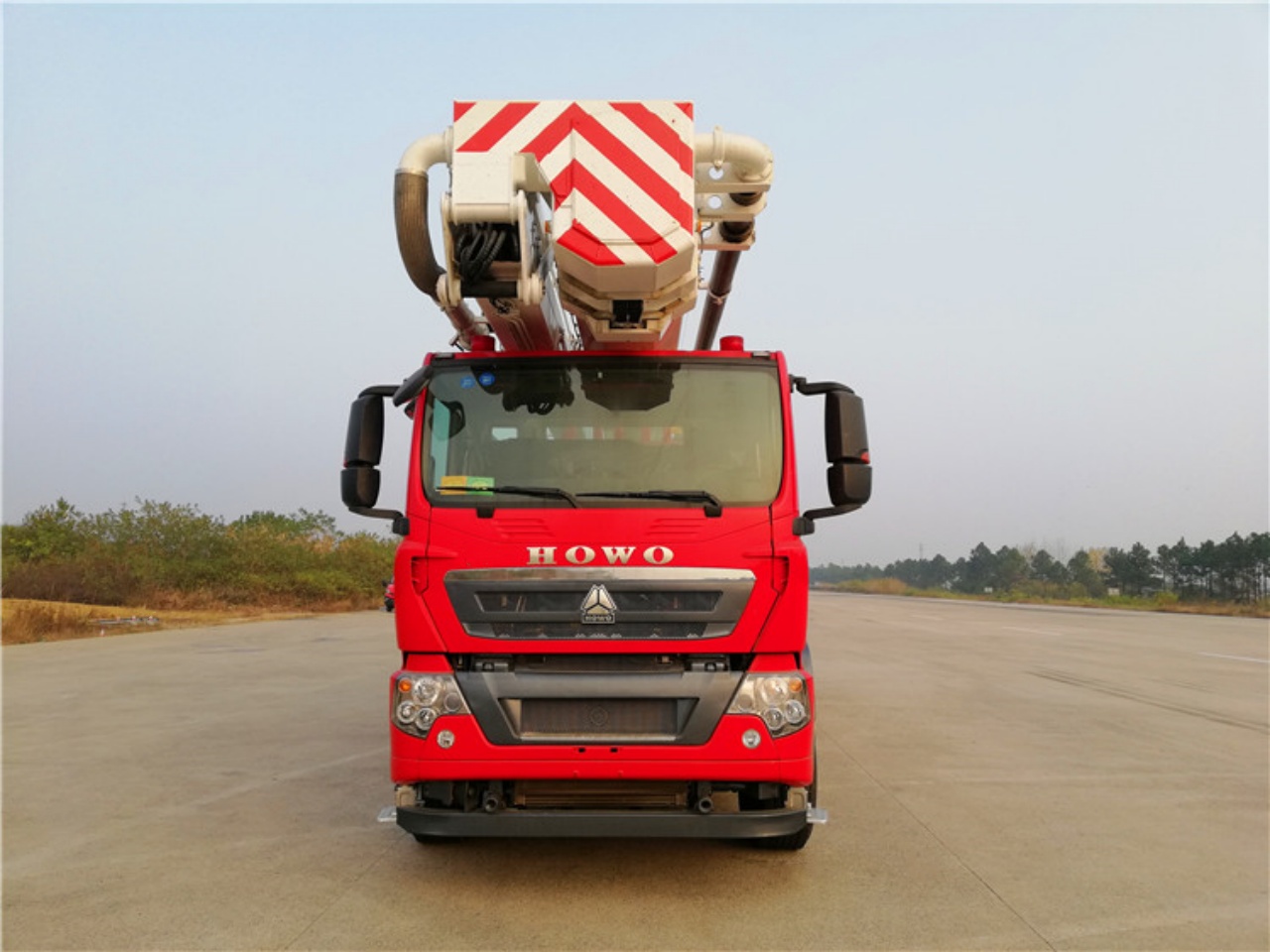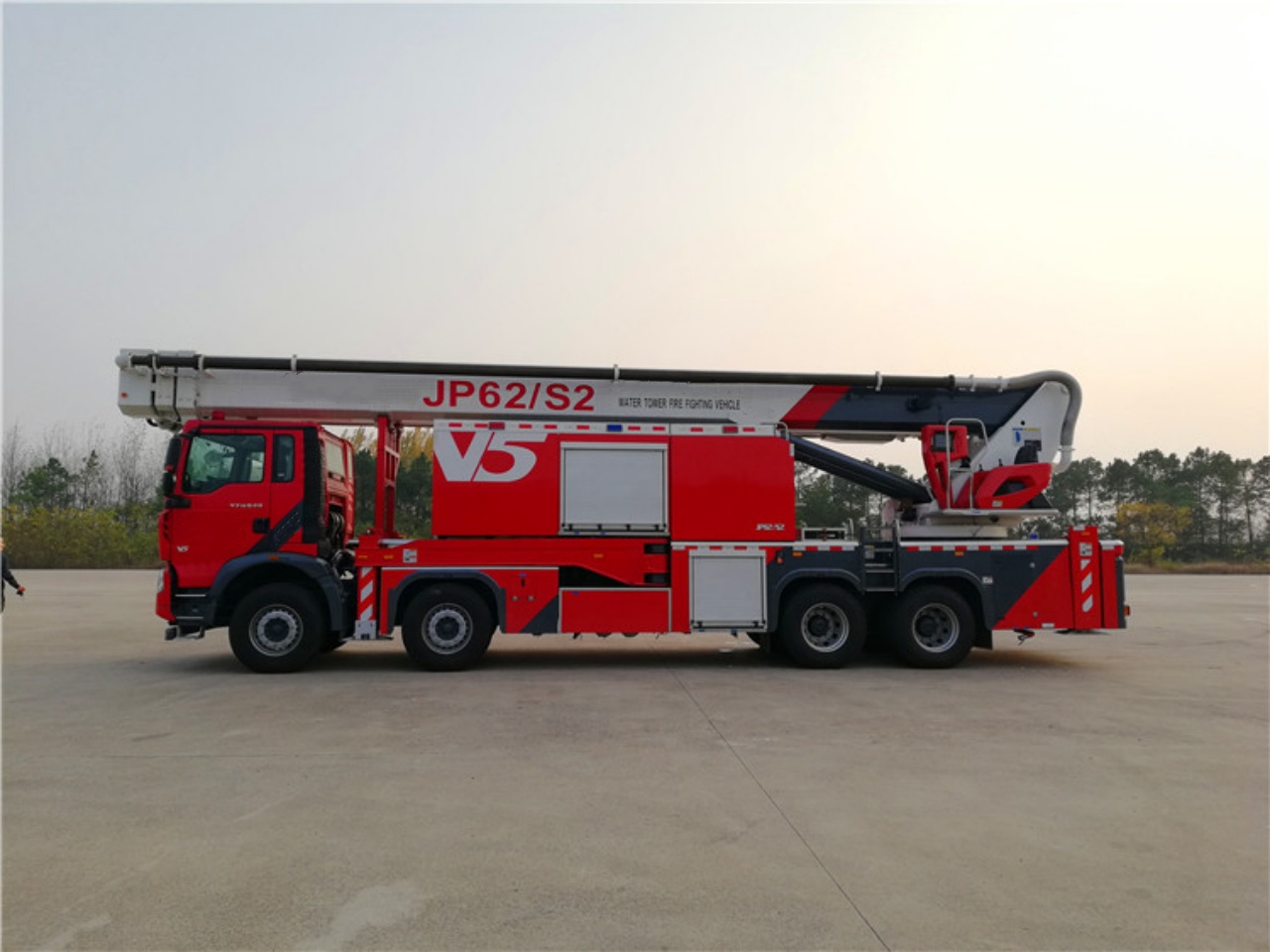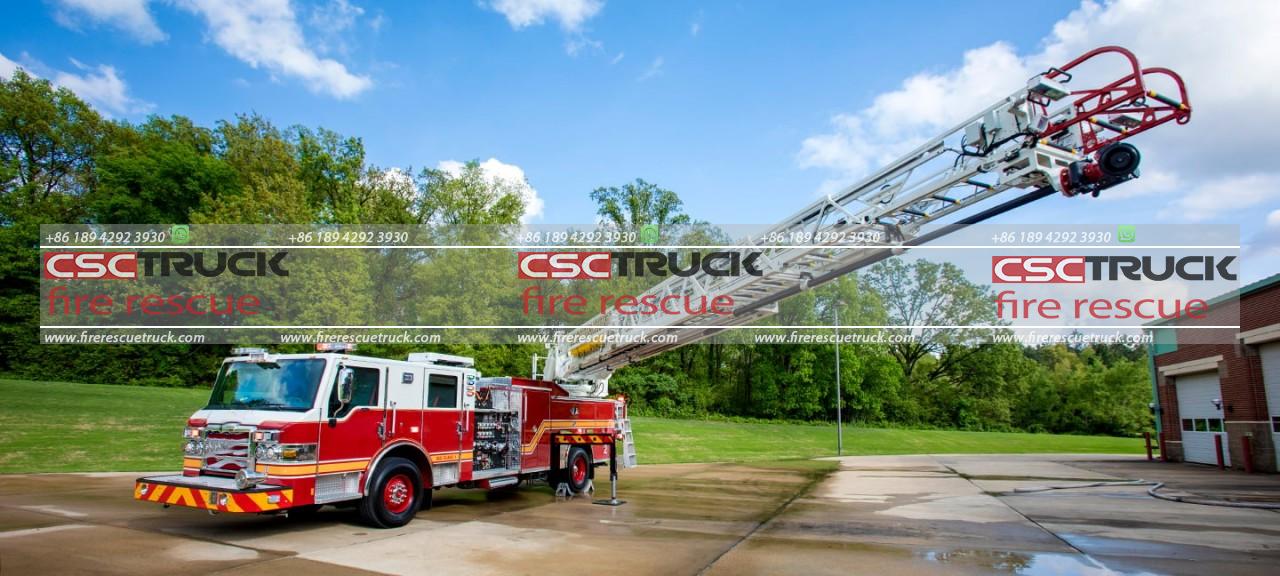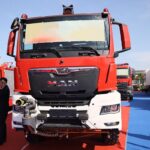In recent decades, urban environments have evolved dramatically, with skylines increasingly dominated by towering high-rise buildings. While these architectural marvels offer solutions to space constraints and housing shortages, they also pose significant challenges to firefighting operations. Fires in high-rise buildings are inherently more complex due to accessibility issues, vertical evacuation difficulties, and rapid vertical fire spread. In response to these challenges, the multi-story tower fire truck—also known as a high-rise fire-fighting platform or tower ladder—has emerged as an essential tool in modern fire and rescue services.
This article explores the role, design, and capabilities of multi-story tower fire trucks, highlighting how these advanced vehicles enhance firefighting efforts in high-rise environments.
The Evolution of Firefighting Equipment
Traditional fire trucks were designed to combat fires in low to mid-rise buildings. However, with the rise of urban megastructures, firefighting strategies and tools needed to evolve. Ground ladders, even the longest ones, often cannot reach beyond the 7th or 8th floor. In contrast, modern high-rise buildings may reach 50 floors or more. This gap in vertical reach created a demand for specialized vehicles that could deliver both personnel and equipment to upper floors quickly and safely.
The multi-story tower fire truck is a response to this need. These trucks are specifically engineered for high-rise firefighting and rescue operations, integrating extended reach, high-capacity water delivery, and advanced control systems.
Key Features of Multi-Story Tower Fire Trucks
- Telescopic and Articulated Aerial Platforms
The primary feature of these vehicles is their aerial platform, which may be telescopic, articulated, or a combination of both. These platforms are mounted on a turntable that allows full 360-degree rotation. Depending on the model, the platform can reach heights ranging from 30 meters (98 feet) to over 100 meters (328 feet), enabling access to 20–30-story buildings or more. - Rescue Cage or Basket
At the end of the boom is a rescue cage or basket that can carry multiple firefighters or civilians. This cage is often equipped with control panels, water monitors, and emergency lighting, ensuring it functions as a mobile firefighting and rescue station. - High-Capacity Water Delivery Systems
Multi-story tower trucks feature powerful water pumps and onboard water tanks. They often have integrated monitors (water cannons) on the cage or platform that can discharge thousands of liters of water per minute. These monitors can be remotely controlled, allowing firefighters to target the fire without exposing themselves to direct danger. - Foam System Integration
For fires involving flammable liquids or challenging fire loads, many tower trucks are equipped with foam proportioning systems. This adds a layer of versatility in tackling various types of fires, including chemical and electrical fires often found in commercial high-rises. - Stabilization Systems
Given their size and reach, these vehicles require robust stabilization. Hydraulic outriggers extend from the chassis to stabilize the vehicle during operation, ensuring safety and minimizing vibration during boom extension. - Advanced Control and Monitoring
Modern units are equipped with computer-aided control systems. These systems assist in load management, boom positioning, and safe operation within limited urban spaces. Some models incorporate cameras, thermal imaging, and sensors for visibility in smoke-filled or nighttime environments.
Operational Advantages in High-Rise Scenarios
Multi-story tower fire trucks bring several tactical advantages in high-rise emergencies:
- Rapid Vertical Access: These trucks allow firefighters to bypass congested stairwells and non-functional elevators, quickly reaching upper floors.
- External Fire Suppression: Using the boom-mounted monitor, firefighters can fight fires from outside the building, reducing internal heat and smoke levels before making entry.
- Mass Rescue Capability: The platform allows the evacuation of trapped individuals, including those with mobility impairments, directly from windows or balconies.
- Versatility in Deployment: Some units can operate in confined urban areas with precision steering systems and variable-length booms that adapt to street widths and building setbacks.
Use Cases and Real-World Applications
Many major cities have adopted multi-story tower fire trucks as essential parts of their firefighting fleets. Cities such as Shanghai, Dubai, New York, and Tokyo deploy these vehicles routinely due to their high concentration of tall buildings.
One notable example is the Bronto Skylift F112 HLA, which boasts a vertical reach of 112 meters (367 feet) and a horizontal outreach of 32 meters (105 feet). This unit is capable of fighting fires at heights that would otherwise be unreachable by conventional methods.
During incidents like the 2010 Shanghai high-rise fire or the 2021 residential skyscraper fire in Milan, tower ladder trucks played a critical role in controlling the blaze and rescuing occupants.
Challenges and Limitations
Despite their advantages, tower fire trucks come with limitations:
- Accessibility Issues: In cities with narrow streets or poor urban planning, maneuvering and setting up these large vehicles can be difficult.
- High Cost: The acquisition and maintenance of such vehicles are costly, limiting their availability to wealthier fire departments.
- Operator Training: Operating the boom and associated systems requires specialized training and certification, necessitating ongoing investment in personnel development.
- Weather Restrictions: High winds can make it dangerous to extend the boom to full height, limiting operations during adverse weather.
Innovations and Future Trends
The field of aerial firefighting continues to evolve. Some emerging technologies include:
- Electric or Hybrid Drives: Reducing carbon emissions while maintaining operational power.
- AI-Assisted Controls: Integrating AI to optimize boom positioning and monitor environmental conditions in real time.
- Modular Attachments: Detachable modules for hazmat handling, drone deployment, or communication relays.
- Improved Mobility: Use of 6×6 or 8×8 chassis for improved off-road and urban navigation.
There’s also increasing interest in robotic firefighting platforms and drones that can work in conjunction with tower trucks to assess conditions and aid in coordination.
Conclusion
The multi-story tower fire truck is a symbol of modern firefighting engineering—an indispensable asset in protecting lives and property in the vertical cities of the 21st century. By merging height, power, and precision, these vehicles allow emergency responders to face high-rise fires with confidence and capability. As urbanization continues and buildings reach ever-greater heights, the role of high-rise firefighting platforms will only become more central to fire service strategies around the globe.
Investing in these technologies, along with proper urban planning and fire safety regulations, ensures that the benefits of vertical living are not overshadowed by the risks. The multi-story tower fire truck is not just a machine—it’s a lifeline extended into the sky.
